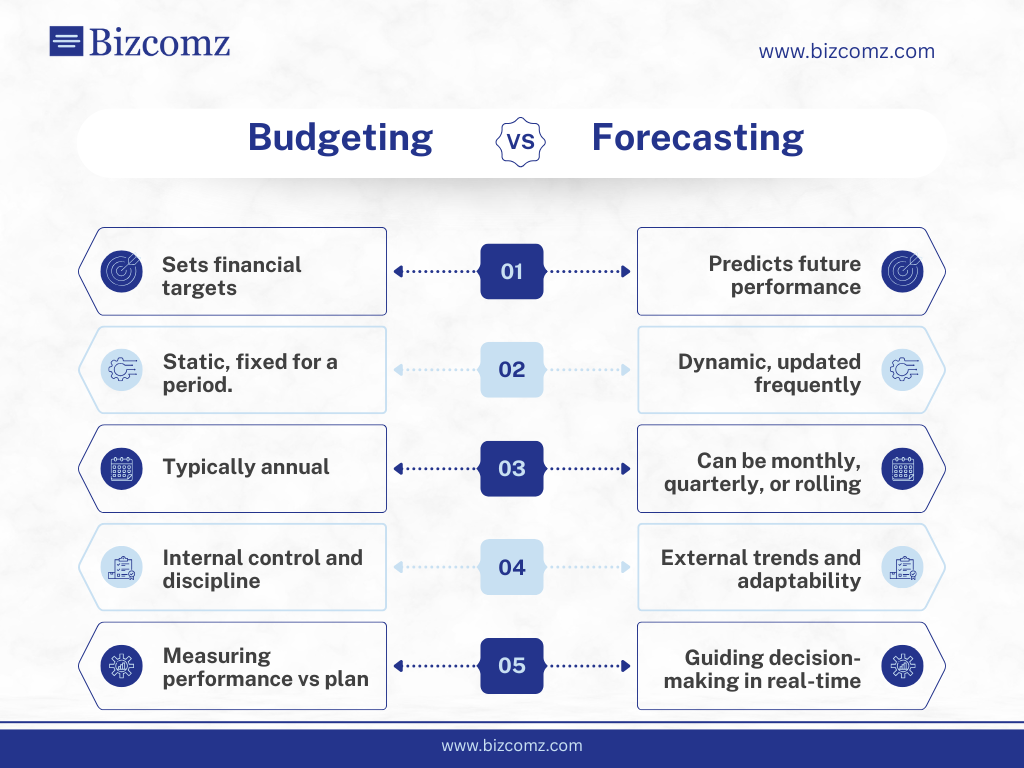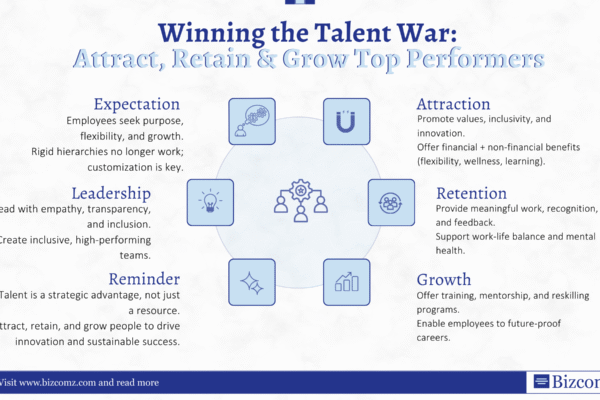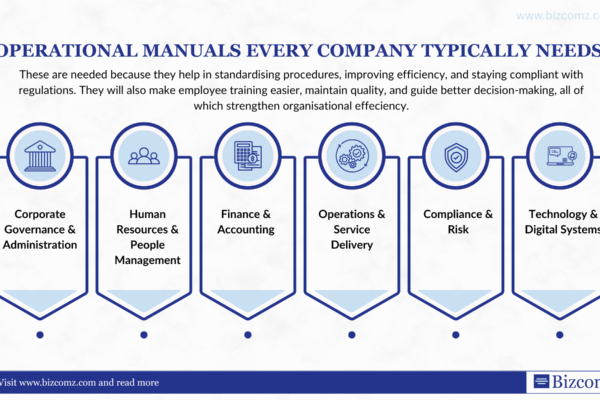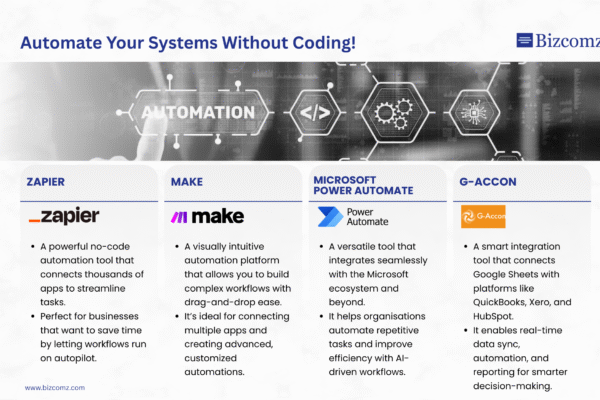Financial planning is at the heart of every successful business. Two of the most commonly used tools for financial management are budgeting and forecasting. Although many organizations use these terms interchangeably, they are fundamentally different in purpose, structure, and execution. Understanding these differences is crucial for any business that wants to remain competitive, achieve growth, and make well-informed decisions.
Budgeting: Setting the Financial Roadmap
Budgeting is primarily about setting financial targets. It provides a structured financial plan that guides a company’s operations within a fixed time frame, usually one year. A budget outlines how much revenue the business expects to generate and how much it plans to spend on expenses such as salaries, rent, and marketing.
Once created, a budget is static and rarely changes during the set period. This fixed nature instills discipline and control within the organization. Management can hold departments accountable for overspending or underperformance, ensuring that resources are allocated efficiently.
Budgets also serve as a benchmark for performance measurement. At the end of each period, managers compare actual results against budgeted figures to identify variances. These comparisons highlight areas where the company performed well and areas where it fell short, providing insight into efficiency and operational control.
In summary, budgeting is like a financial roadmap, a clear, structured plan that ensures internal discipline and accountability.
Forecasting: Predicting the Future
Forecasting, on the other hand, is a forward-looking exercise that focuses on predicting future performance. Unlike budgeting, it is not static. Instead, it is dynamic and updated frequently to reflect new information, market conditions, and economic trends.
Forecasts can be prepared on a monthly, quarterly, or rolling basis, making them more adaptable to changes in the business environment. For example, if consumer demand suddenly shifts or raw material costs increase, forecasts can be updated to reflect the impact on revenue and expenses.
The primary value of forecasting lies in its adaptability. Businesses operate in fast-changing environments where external factors—such as inflation, competition, or political changes—can significantly influence outcomes. Forecasting enables leaders to adapt to these changes and adjust strategies proactively.
Most importantly, forecasts guide real-time decision-making. Leaders can use forecasts to evaluate whether they are on track to meet goals, make course corrections, or seize new opportunities before competitors do.
In essence, forecasting is like a weather report for business—it does not lock you into a fixed path but instead provides insights into what may happen next, allowing for agility and responsiveness.
Budgeting vs Forecasting: A Complementary Relationship
While budgeting and forecasting are different, they work best when used together. Budgeting provides the financial framework and discipline necessary for long-term stability, while forecasting allows flexibility and responsiveness to changing conditions.
For example, a company may set an annual budget to control costs and allocate resources effectively. However, if an unexpected economic downturn occurs, updated forecasts will help management adjust operations, reallocate resources, and refine expectations without discarding the overall budgetary framework.
By combining both tools, businesses can achieve a balance of control and adaptability. The budget ensures the company stays disciplined and aligned with its goals, while forecasting enables it to remain agile and proactive in an unpredictable world.
Conclusion
Budgeting and forecasting are not opposing strategies but rather complementary tools. A budget provides a static financial plan to measure performance and enforce discipline, while a forecast delivers dynamic predictions that adapt to real-time conditions and external influences.
Together, they help businesses strike the right balance between planning for the future and adapting to the present. Companies that effectively integrate budgeting and forecasting into their financial strategy are




